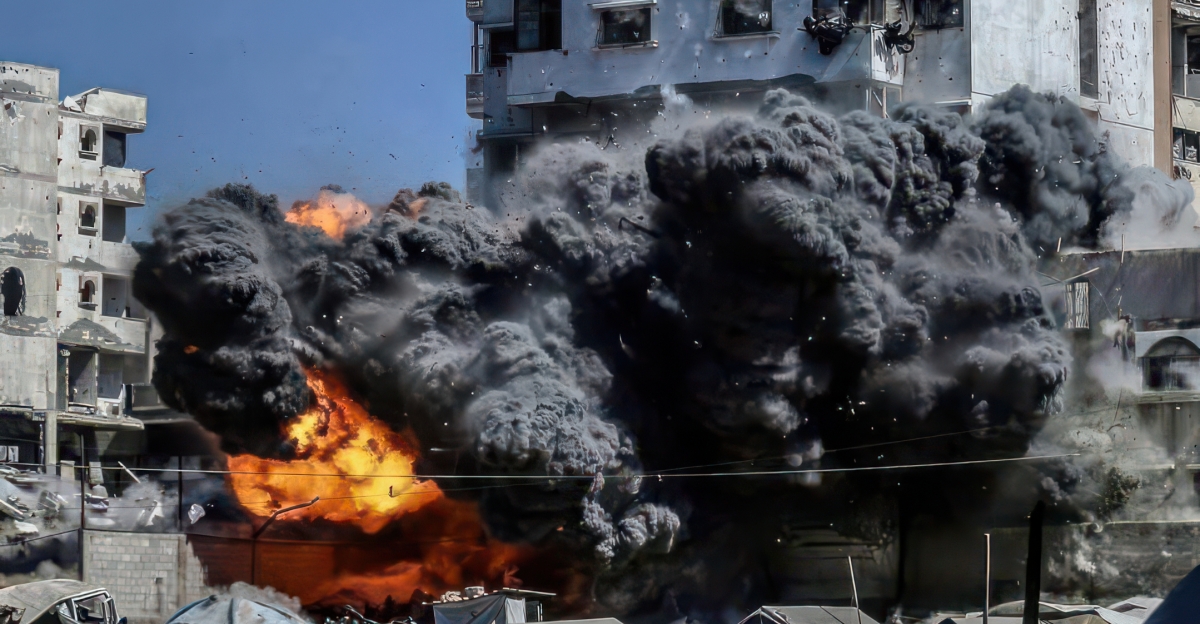
On October 4, 2025, Israeli airstrikes pounded Gaza, leaving a tragic toll of at least 70 Palestinians reported dead. The attacks occurred amid intensifying calls for a ceasefire from international leaders, notably former U.S. President Donald Trump, who demanded an immediate halt to hostilities.
Despite diplomatic pressure and public outcry, the violence continued to escalate, igniting urgent discussions regarding the ongoing humanitarian crisis. The civilian population, caught in the crossfire, faces devastating consequences as military operations persist. This grim development highlights the dire situation for both the people of Gaza and the broader implications for regional peace efforts.
Ceasefire Ignored
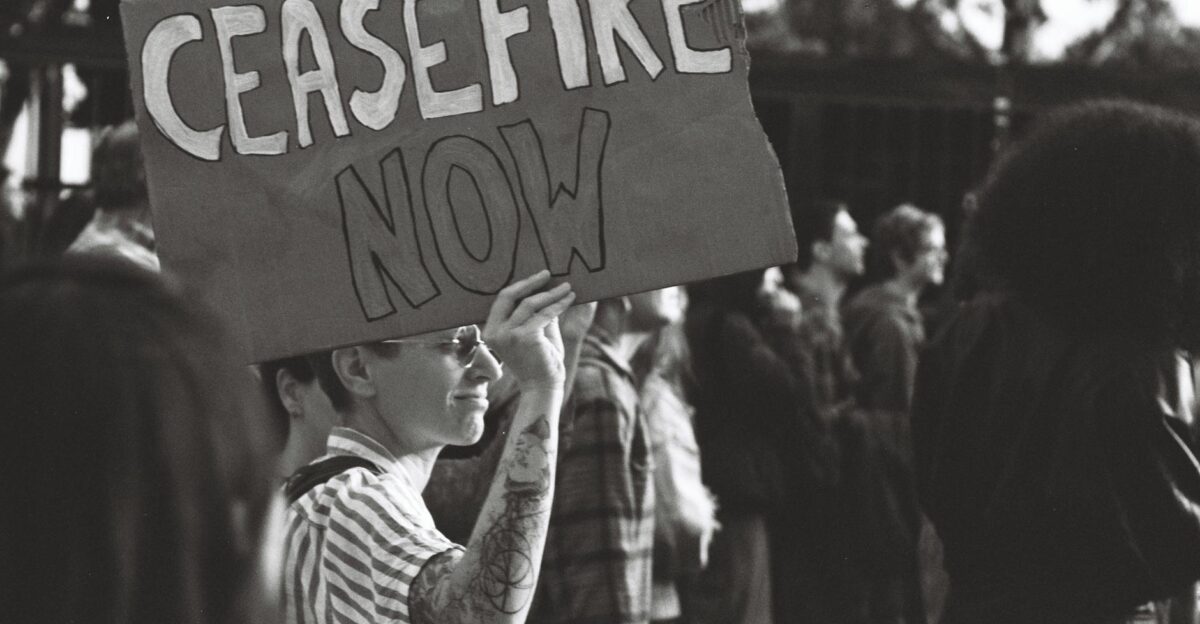
In the wake of the airstrikes, former President Trump vocally advocated for a ceasefire after Hamas conditionally accepted his proposal. However, Israeli airstrikes carried on relentlessly, reflecting a stark disregard for international appeals for restraint. This continued military operation amid high-profile interventions further casts doubt on the efficacy of diplomatic efforts aimed at de-escalation.
The situation underscores a chilling reality: despite the willingness of some parties to engage in dialogue, the entrenched positions of others hinder progress towards peace and stability. As casualties mount, the hope for meaningful resolutions appears increasingly bleak.
History of Tension
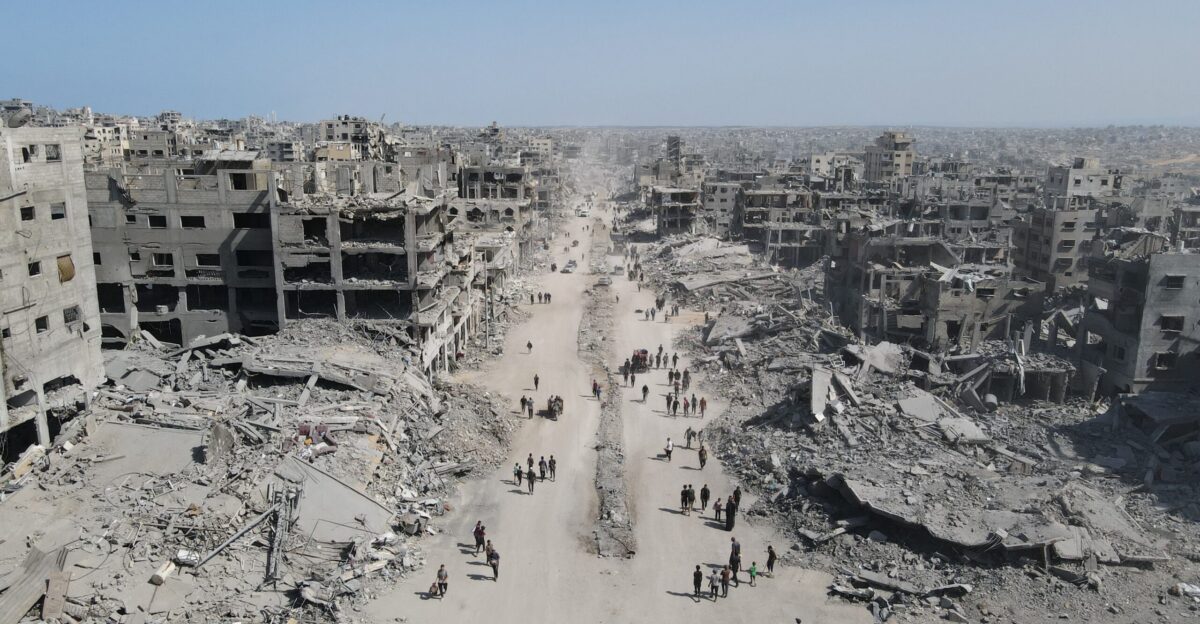
The Gaza Strip stands as a focal point of the Israeli-Palestinian conflict, a region marked by decades of violence, failed peace negotiations, and shifting political dynamics. Each new episode of conflict, such as the recent airstrikes, is rooted in a complex tapestry of unresolved grievances and historical claims.
Longstanding issues of land, sovereignty, and national identity fuel ongoing tensions, making the path to peace fraught with challenges. The cycle of violence not only impacts immediate security but also cements divisions that complicate reconciliation efforts, leading to further escalation and suffering for civilians on both sides.
Mounting Pressure
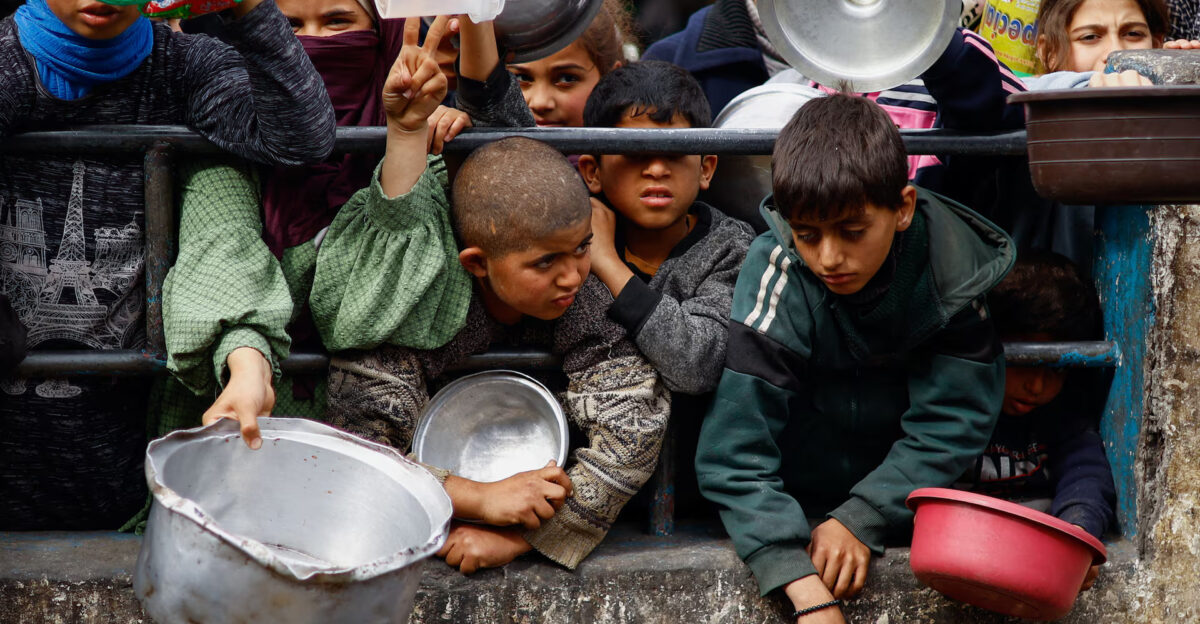
As the humanitarian crisis deepens, global leaders and humanitarian organizations have intensified their calls for restraint. The United Nations and European Union jointly urged both Israel and Hamas to stop the violence and prioritize the safety of civilians. Yet, Israeli leadership, spearheaded by Prime Minister Netanyahu, has maintained a hardline stance, justifying military actions with references to national security and the necessity of neutralizing threats.
This unwavering approach, despite mounting international concern, raises alarms about the ramifications of continued violence on the civilian population and the already fragile geopolitical landscape of the region.
Seventy Lives Lost
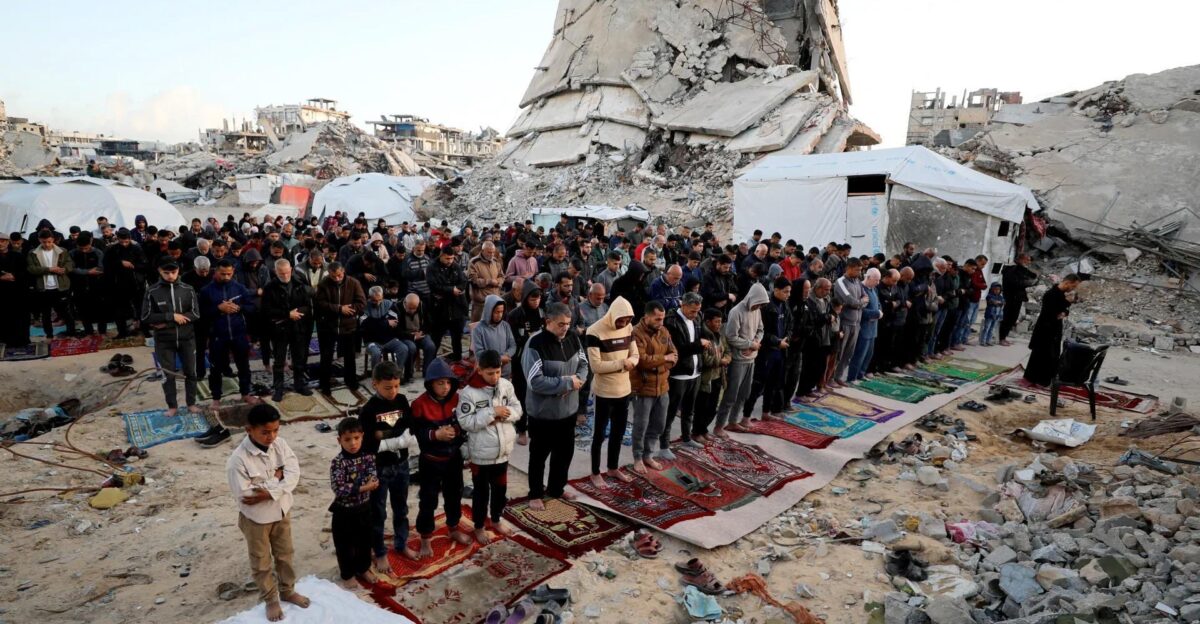
The stark reality is that at least 70 Palestinians lost their lives in the Israeli airstrikes on October 4, following Hamas’s conditional acceptance of a ceasefire deal proposed by Trump. This devastating loss underscores the grave humanitarian cost arising from stalled diplomatic efforts and ongoing military confrontations.
The continued violence not only claims innocent lives but also exacerbates the suffering of civilians trapped in a conflict they did not create. As international voices call for peaceful resolutions, the urgent need for a lasting ceasefire and humanitarian aid becomes increasingly critical.
Regional Fallout
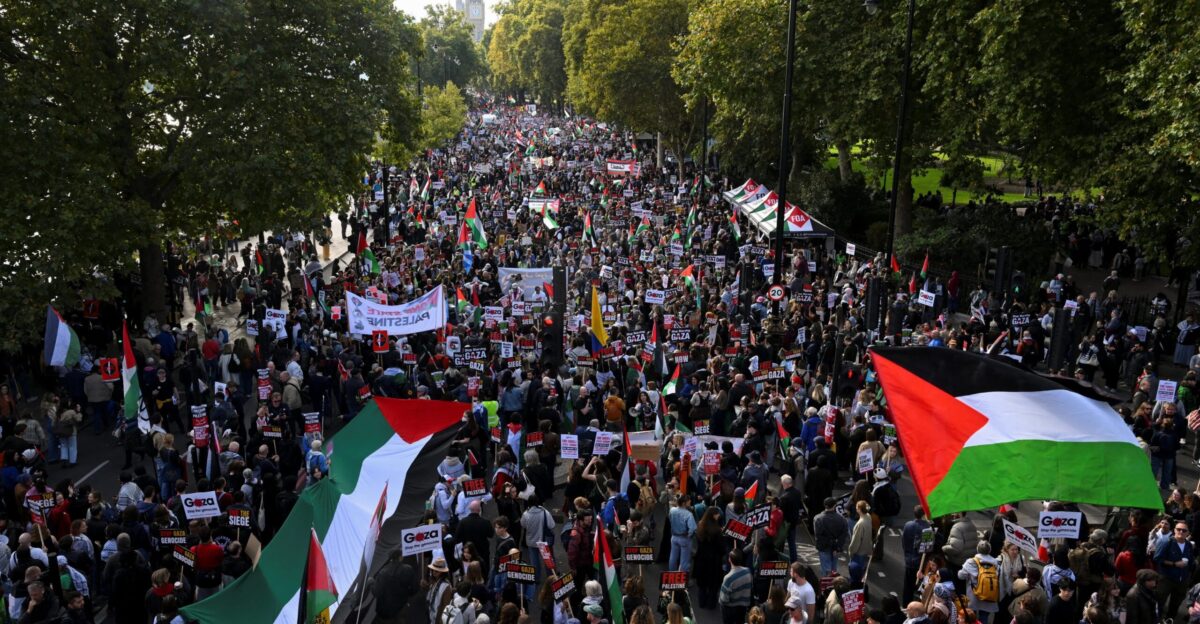
The repercussions of the airstrikes extend well beyond Gaza, inciting protests in the West Bank and across neighboring nations. Regional governments reacted swiftly, condemning the violence and warning against the potential for broader instability if hostilities persist.
The threat of escalating tensions resonates throughout the Middle East, as fear mounts that the conflict could draw in new actors or unbalance existing power structures. As protests and regional discontent grow, the challenge of achieving lasting peace becomes increasingly daunting, with each new act of violence pushing the possibility of resolution further out of reach.
Human Stories
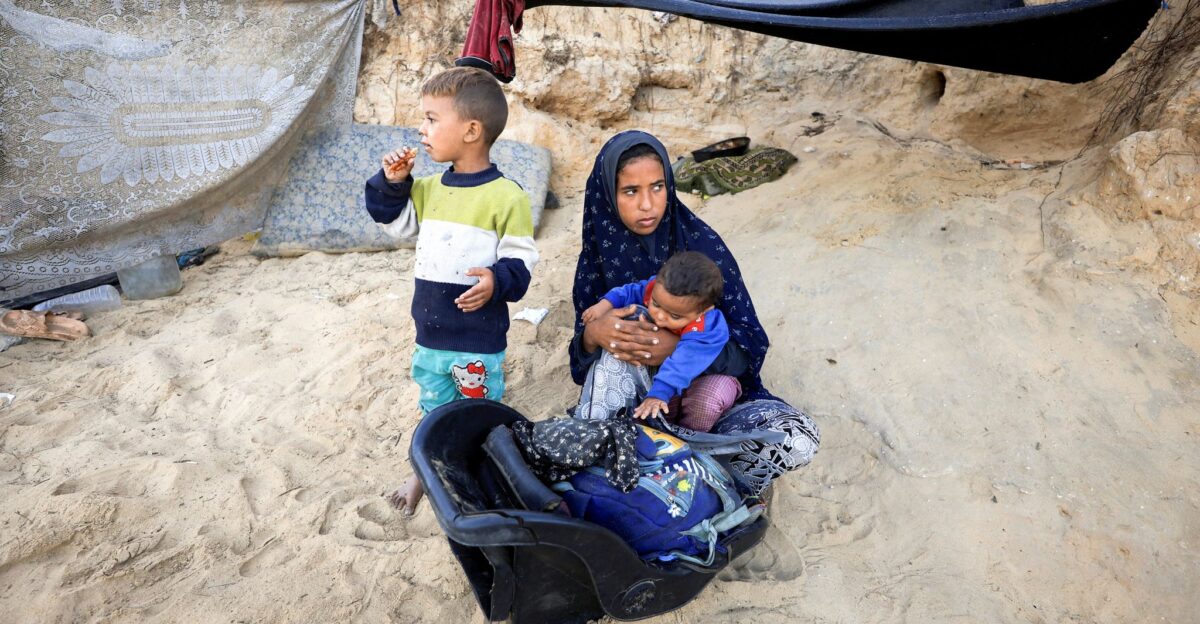
On the ground in Gaza, families recounted harrowing scenes of chaos and despair. A resident shared, “We have nowhere safe to go,” highlighting the dire situation faced by civilians amidst ongoing airstrikes. Hospitals are grappling with a surge of injured victims, struggling with severe shortages of medical supplies.
Life in Gaza, already beset by blockades, has become increasingly untenable as essential services break down. The human cost of this conflict is staggering, as countless individuals bear the brunt of international failures to achieve lasting peace, their stories often overshadowed in the broader geopolitical narrative.
Political Stalemate
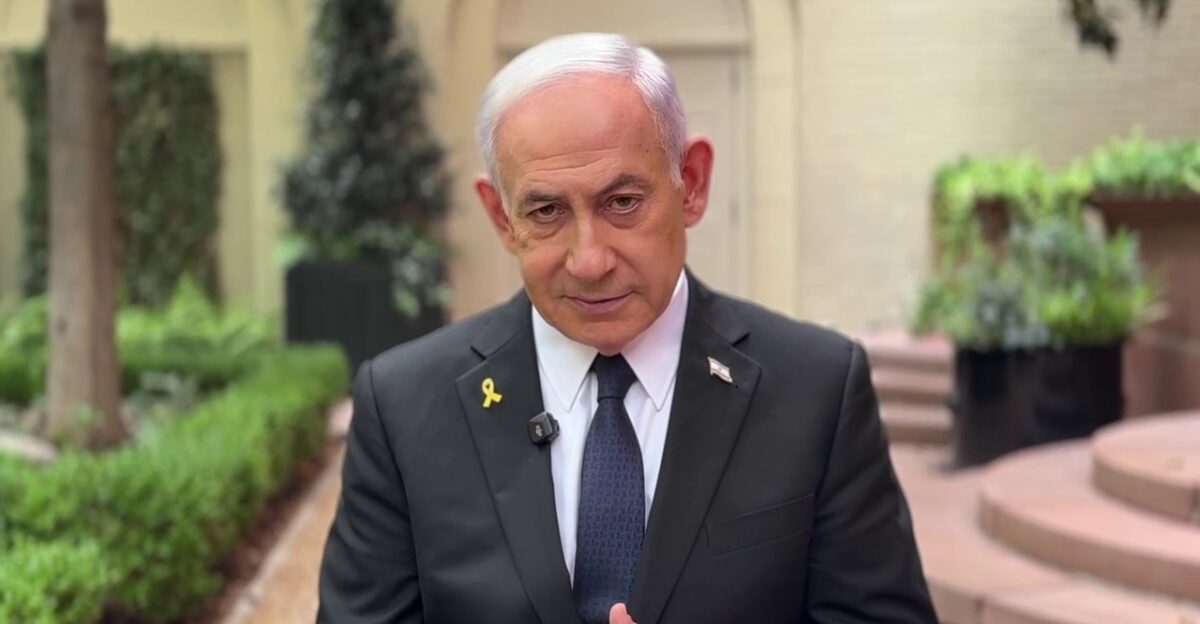
Despite Hamas’s conditional acceptance of Trump’s ceasefire proposal, Prime Minister Netanyahu has resolutely refused to suspend military operations, citing persistent threats from Hamas. The lack of consensus among leadership on either side has created a political stalemate, obstructing any path forward for peace negotiations.
This paralysis leaves ordinary civilians increasingly vulnerable, trapped in a cycle of violence that offers no respite. As both political factions cling to their stances, the likelihood of meaningful dialogue diminishes, presenting a grim picture for the future of peace in the region.
Global Response
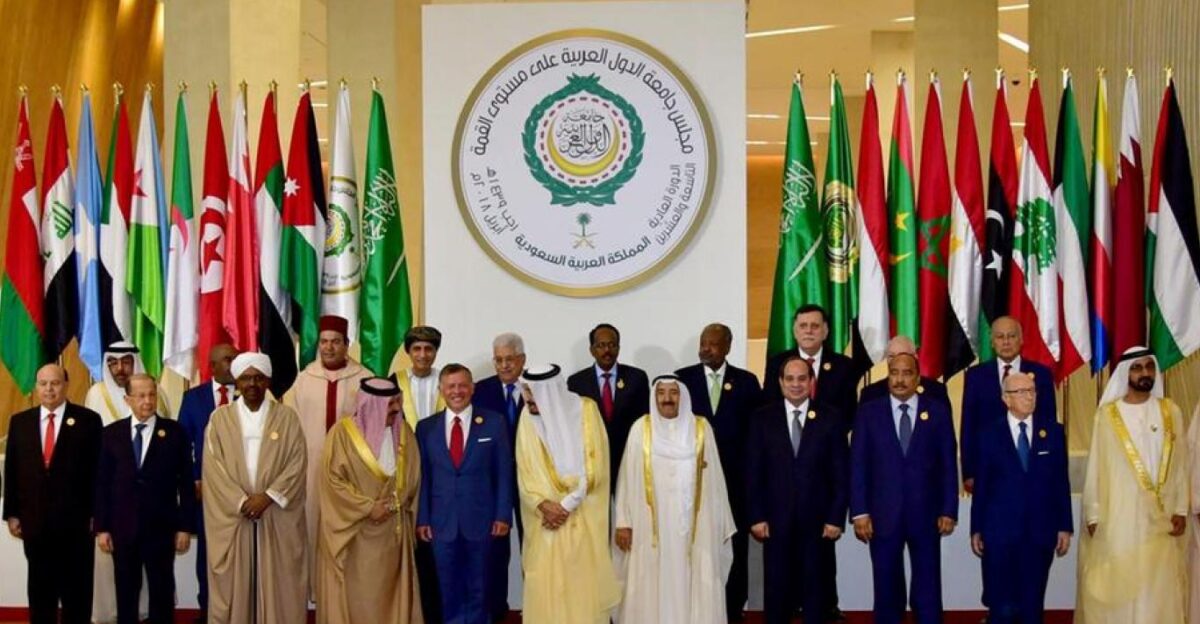
In response to the escalating crisis, diplomats from the U.S., European Union, and Arab League have scrambled to broker a ceasefire. Trump’s intervention has made headlines, but other world leaders have joined the chorus calling for immediate de-escalation.
However, the absence of enforceable mechanisms for peace complicates international diplomacy, raising troubling questions about the durability of any agreements that may be reached. The international community must confront the limitations of its influence as the cycle of conflict persists, underscoring the pressing need for innovative solutions to break the deadlock.
Civilian Infrastructure Hit
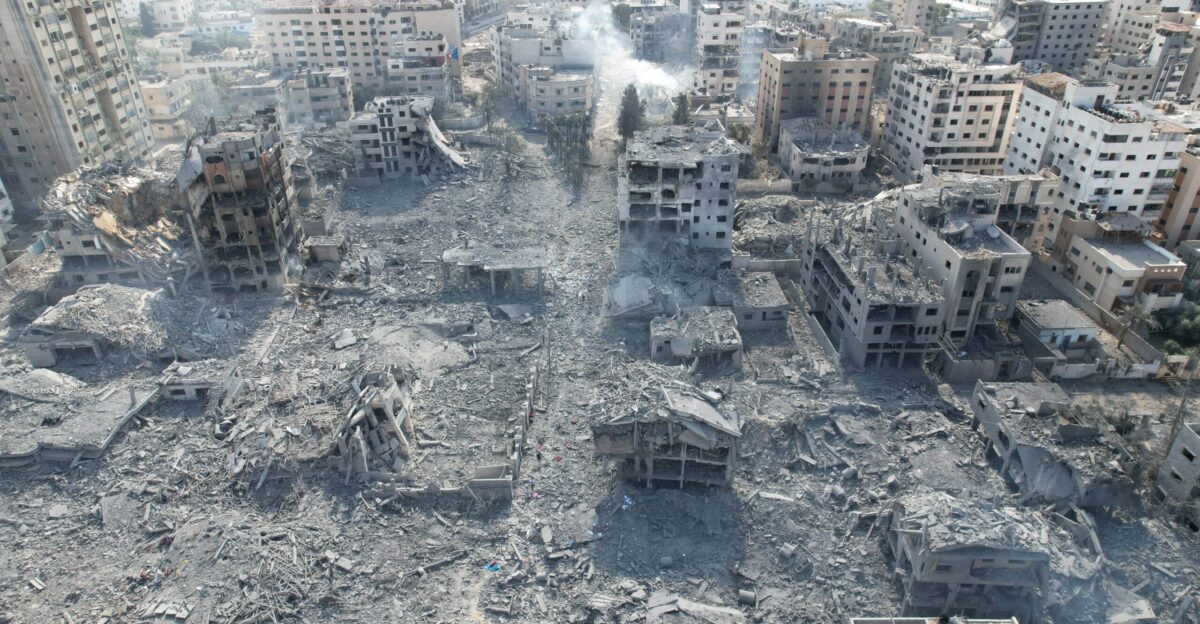
The bombing has wreaked havoc not only on human lives but also on Gaza’s critical infrastructure. Water and electricity supplies have suffered severe disruptions, compounding an already dire humanitarian crisis. Aid agencies have warned that ongoing attacks could precipitate a broader catastrophe, with long-lasting implications for public health and regional stability.
Amidst the rubble, civilians face an uphill battle for survival, their hopes dwindling as the conflict spirals downward. The urgent need for humanitarian assistance and infrastructure repair becomes paramount, as the foundations of daily life are eroded further by continued violence.
Frustration Grows
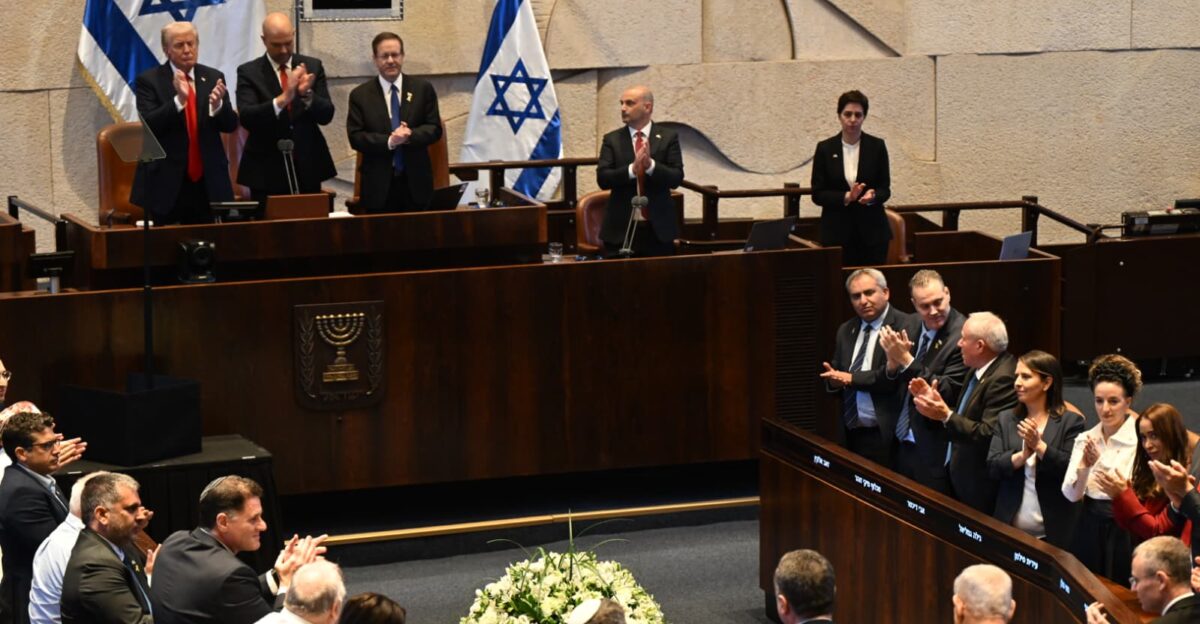
Within Israel, the government’s approach has sparked frustration among some citizens and activist groups. Critics argue that persistent military action undermines the prospects for peace and escalates risks for both Israelis and Palestinians.
The public discourse reflects deep divisions within Israeli society regarding issues of security, morality, and the future direction of the conflict. As voices opposed to the current strategy gain traction, the complexities of the situation become more pronounced, raising the possibility of reevaluating approaches to security and peace.
Leadership Under Scrutiny
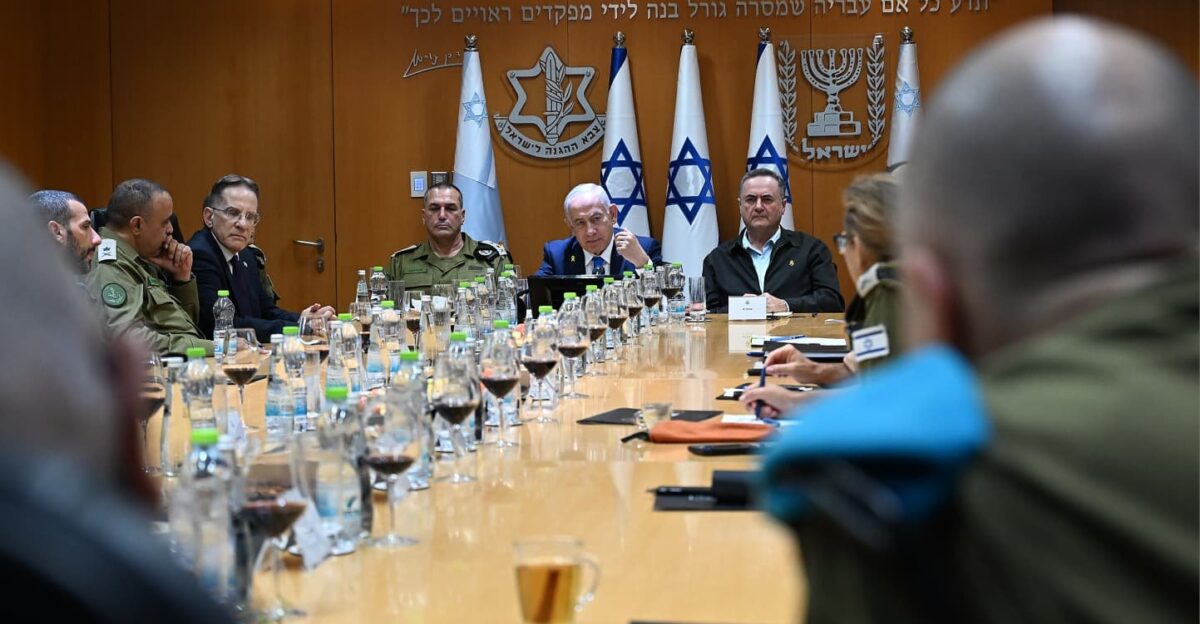
Prime Minister Netanyahu’s steadfast refusal to cease airstrikes has ignited criticism from both domestic and international observers. Calls for accountability and a reassessment of military strategy are increasingly urgent. Some analysts posit that sustained public and diplomatic pressure could compel a shift in policy.
However, skepticism remains about the entrenched positions held by both Israeli and Hamas leaders. As scrutiny mounts, the possibility of finding common ground for a ceasefire becomes increasingly tenuous, further straining the fragile situation.
Ceasefire Prospects
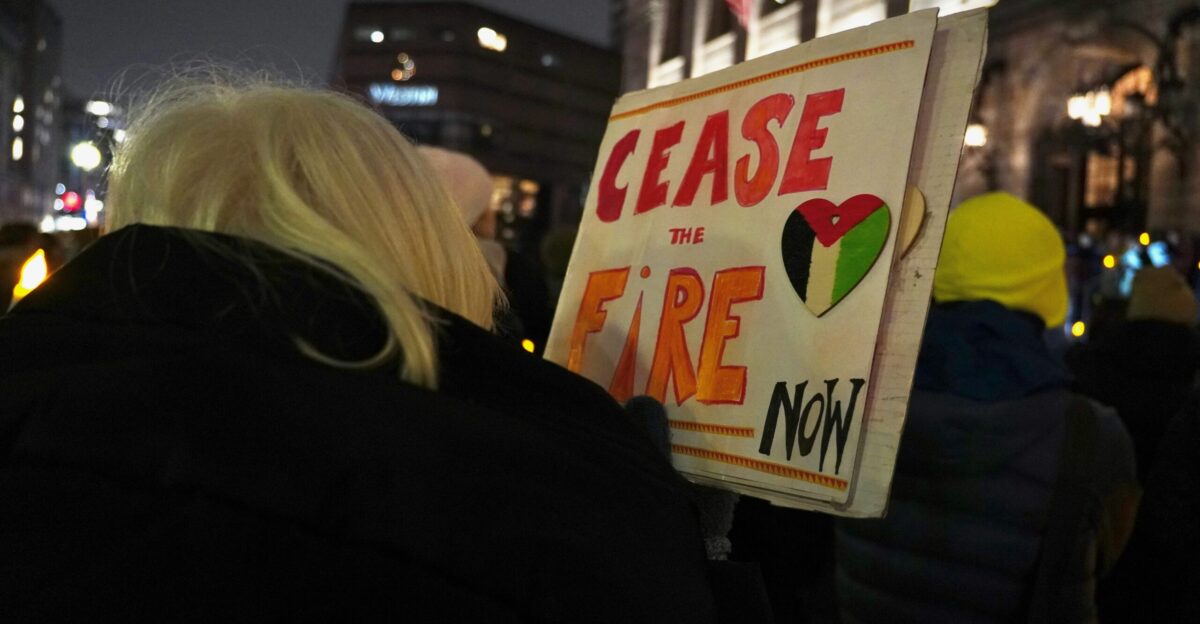
In light of the ongoing violence, the prospects for a sustainable ceasefire appear to be fraught with obstacles. While Trump’s intervention initially raised hopes, entrenched hostilities and mutual distrust continue to impede progress.
Diplomats face formidable challenges in navigating a landscape where historical grievances intersect with urgent humanitarian needs. The question remains: can the international community forge a path that encourages genuine dialogue? As pressures mount, the urgency for innovative solutions to facilitate a ceasefire and foster a more stable future intensifies.
Hopes for Dialogue

As calls for peace echo around the globe, the impetus for dialogue grows stronger. Grassroots movements advocating for reconciliation and peace initiatives are emerging, emphasizing the urgent need for change. The voices of civilians, who endure the ramifications of conflict daily, must be amplified in discussions about future pathways.
Collaborative approaches that prioritize humanitarian needs and reconciliation, rather than further escalation, offer a more hopeful avenue for resolving the conflict and fostering long-term stability. Engaging various stakeholders, including local leaders, is crucial for effective collaboration.
A Path Forward
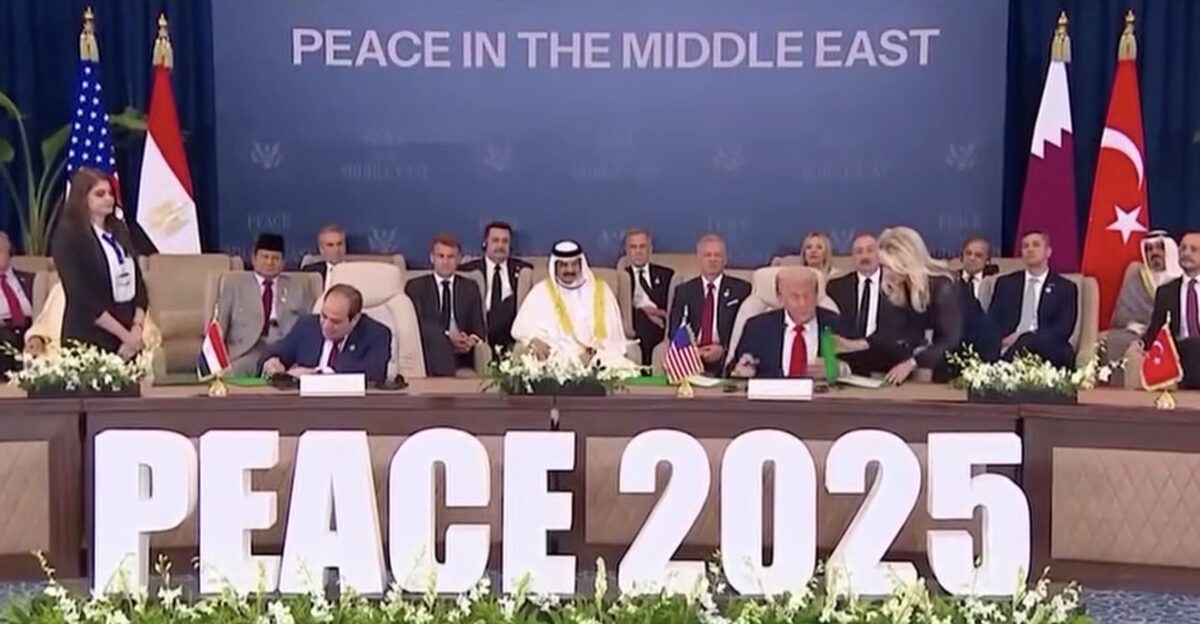
While the road to peace remains challenging, the experiences of those affected by violence must shape future strategies. Sustainable peace requires not only a cessation of hostilities but also addressing the underlying grievances that perpetuate the conflict.
Emphasizing diplomacy, humanitarian relief efforts, and inclusive discourse can help forge a more stable future. Moving beyond cycles of violence will demand collective efforts and commitment from all parties involved. As the world watches, the commitment to build a peaceful legacy for future generations becomes paramount.